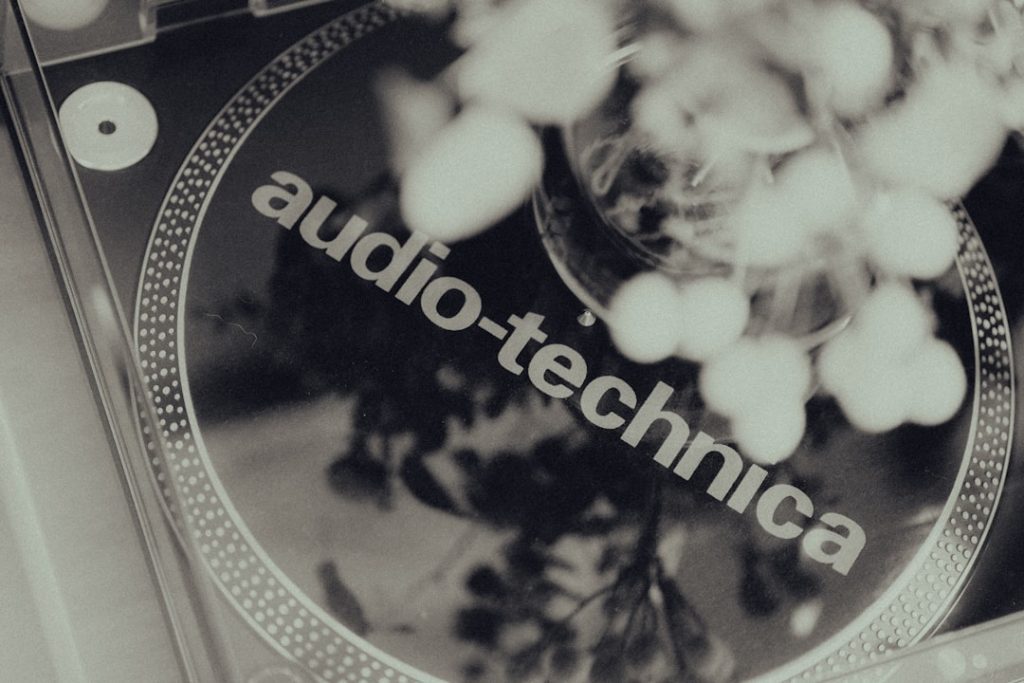If you’ve ever stumbled upon a file ending in .AUP3 or .SHM, don’t worry! You’re not alone. These file types can sound like robot language, but they actually have really cool uses. Let’s break it all down in a fun and simple way.
What is an AUP3 File?
AUP3 files are connected to a popular audio editing software called Audacity. If you’ve ever made a podcast, mixed two songs, or messed around with voice recordings, you may have used Audacity.
When you save your project in the latest versions of Audacity, it creates an AUP3 file. It contains everything your audio project needs:
- Your tracks
- Effects
- Edits like cuts, fades, and silences
- Metadata like labels and comments
Think of it like a suitcase with all your audio gear neatly packed inside. Easy to carry and organized!
What is a SHM File?
The SHM file is a bit less common. It usually pairs with an AUP3 file. SHM stands for shared memory, and it’s used by Audacity during the editing process.
Imagine you’re cooking a huge meal. You’d probably lay out your ingredients on the counter so you can grab them quickly. That’s kind of what the SHM file does. It holds temporary data that Audacity needs quickly while it’s working on your audio.
So if you see an .SHM file sitting next to your .AUP3 file, just know it’s doing behind-the-scenes work. It’s part of the magic trick!
How to Open and Use AUP3 Files
Opening an AUP3 file is a breeze — you just need Audacity. Here’s how:
- Download and install Audacity, if you don’t have it.
- Open the program.
- Click File > Open.
- Select your AUP3 file and hit Open.
And just like that — ta-da! Your project opens up with all your audio ready to edit, slice, add effects, and more.
Can You Delete SHM Files?
Great question! The SHM file only exists while you’re working on the AUP3 project. Once you close Audacity, it should disappear automatically.
If it’s still hanging around, it might mean:
- Audacity crashed
- You exited incorrectly
- The project didn’t save properly
In general, if you still need the project, don’t delete the SHM file.
But if you’ve saved your work and everything is working fine, it’s probably safe to toss it in the digital trash. Just be sure your AUP3 file works without it first!
Tips for Managing AUP3 and SHM Files
Here are some simple tips to keep things running smoothly:
- Always save progress before closing Audacity
- Don’t rename AUP3 or SHM files randomly — it can break stuff
- Keep them in the same folder so Audacity finds everything
- Back up your AUP3 project if it’s important
Pro tip: If you’re sending your audio to a friend or client who doesn’t use Audacity, export it as an MP3 or WAV file. AUP3 and SHM are project files, not regular audio tracks.
Common Questions
Q: Can I convert AUP3 to MP3?
A: Sort of. You open the AUP3 in Audacity, then export it as an MP3.
Q: What if my SHM file won’t go away?
A: Try reopening your AUP3 project, save it again, and close Audacity normally. That usually clears the SHM file.
Final Thoughts
AUP3 and SHM files may sound mysterious, but now you know what they do!
AUP3 is your whole project, and SHM is the helper in the background. Handle them with a little care, and they’ll help you make amazing audio magic.
Now go forth and create epic soundtracks, edit fun podcasts, or mix your next viral hit!

